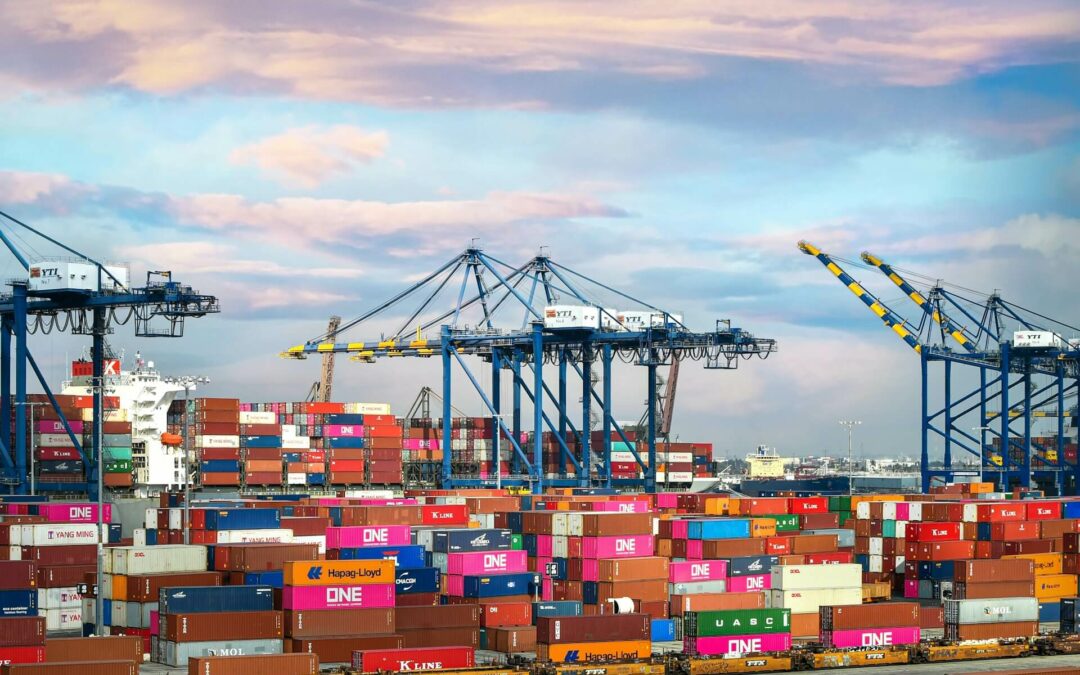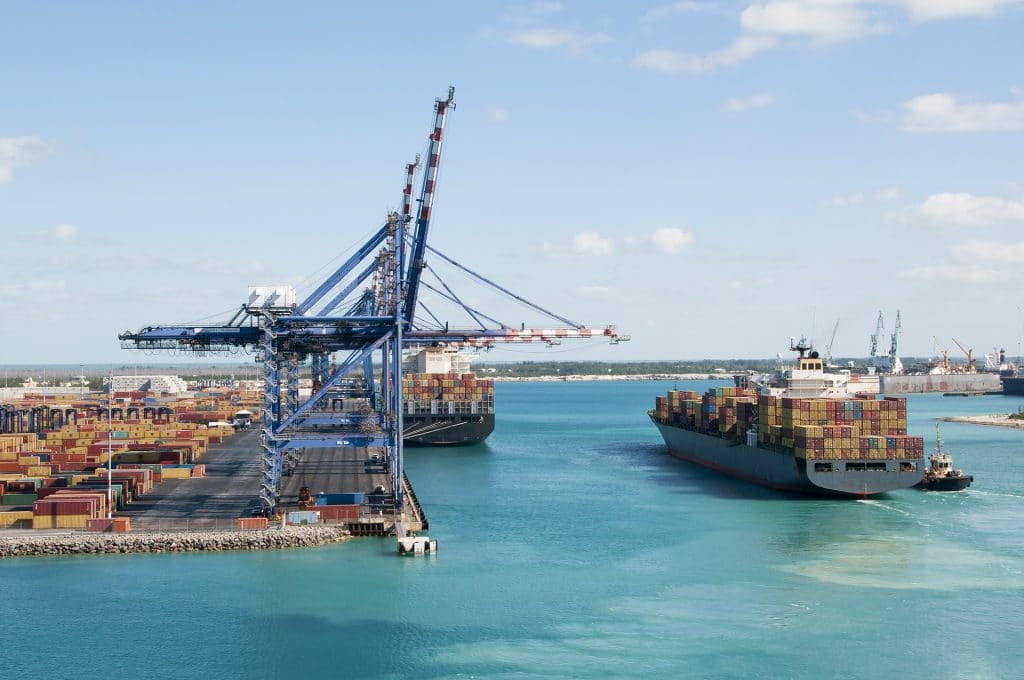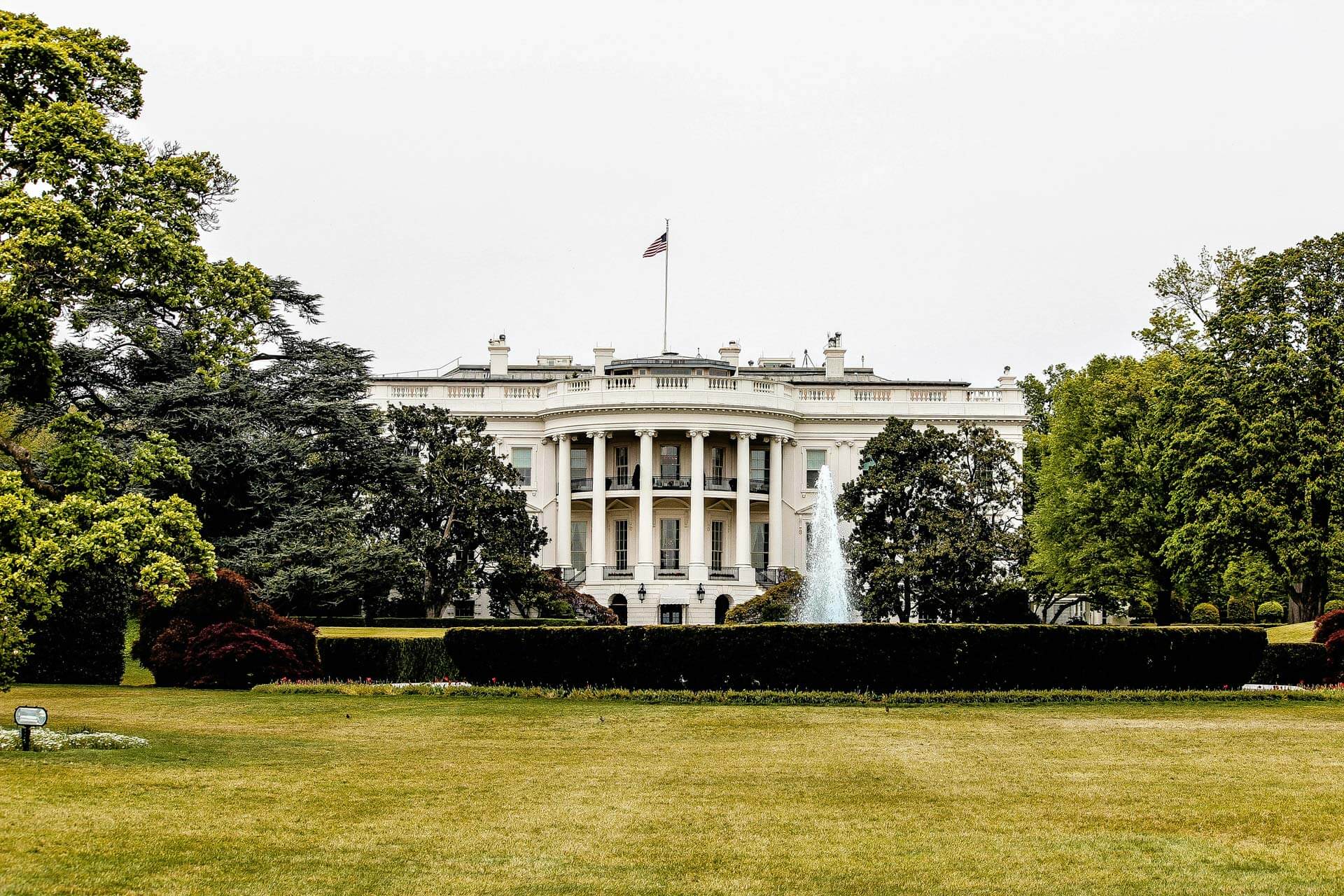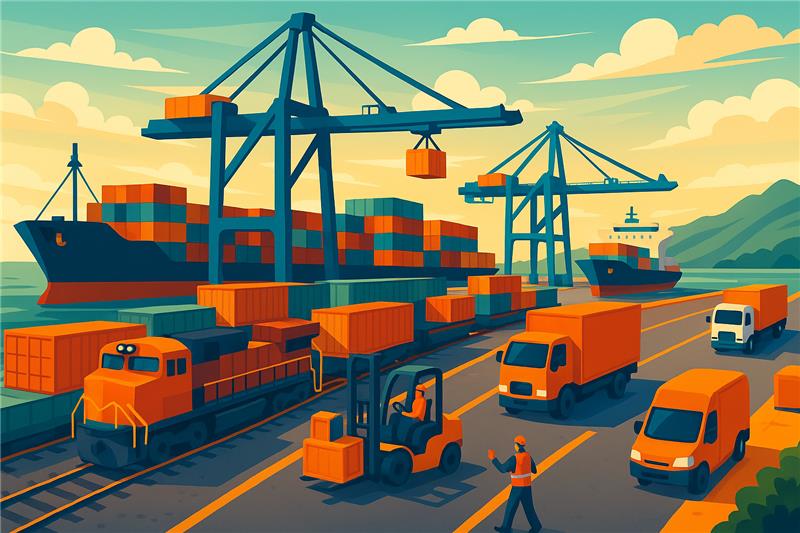This week:
- Economists predict a rise in Asia imports as US economy recovers
- US manufacturing shows signs of recovery, good news for trucking sector
- US railroads ask for better communication with import shippers
- Californian freight sector urges regulators to give more time on zero-emission vehicle transition
- SEC passes its new Climate Disclosure Rule
Projections for Increased Asia-US Trade as US Economic Outlook Improves
Subscribe to JMR’s Weekly Supply Chain Roundup!
Stay informed with the latest supply chain news, trends, and insights. Get it delivered directly to your inbox every week.
Truck Shipments Increase off the Back of US Manufacturing and Consumer Goods
Railroads Request Improved Communication with Shippers on Cargo Movements
While domestic intermodal shippers and railroads enjoy effective communication with each other to track and reposition shipments when necessary, railroads are asking for similar communication with shippers on their import loads. The communication breakdown for international intermodal business often occurs due to correspondence not making it past the ocean carriers, something which the railroads want help overcoming.
Enhanced communication and information sharing would have been invaluable during the pandemic’s supply chain chaos when railroads ran out of chassis while import containers were stacking up. Beth Whited, president of Union Pacific Railroad, said railroads are leaning on their ocean carrier partners to share more information on inland movements.
Unfortunately, not all ocean carriers are actively sharing information with railroads, creating dilemmas of how to best make inland moves. One option is the US Department of Transportation’s Freight Logistics Optimization Works (FLOW) initiative. Railroads have been reluctant to join FLOW, however, as they first want more information on what data will be shared and how confidential information will be protected.






